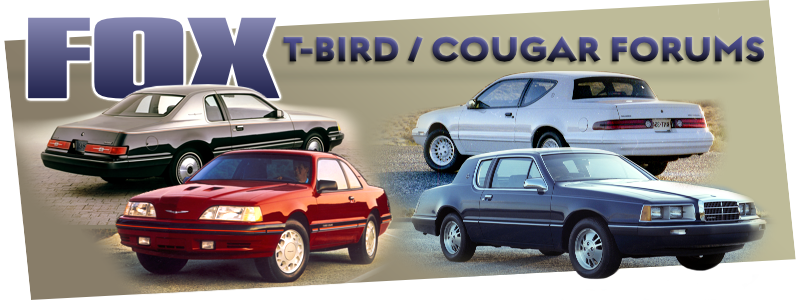Stupid ? time again

Reply #22 –
Not to derail the thread, but the other day I saw one of those Caddy Cimarron....things.
It looked like a...well, a F&%^ed older cavalier/sunbird...please don't tell me they made a Caddy out of an econmy car....
If they did....hmmm, what were they thinkin'??
 Topic: Stupid ? time again (Read 2286 times)
previous topic - next topic
Topic: Stupid ? time again (Read 2286 times)
previous topic - next topic
